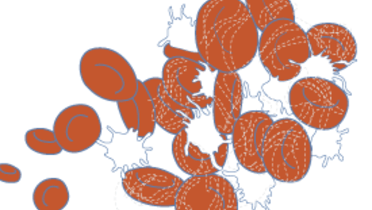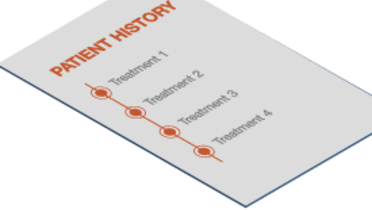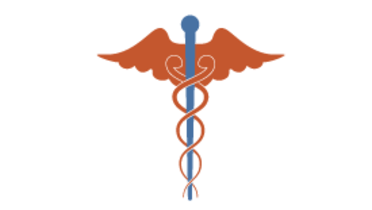-
0
Patient Assessment
- 0.1 Patient demand
- 0.2 Overarching considerations
- 0.3 Local history
- 0.4 Anatomical location
- 0.5 General patient history
-
0.6
Risk assessment & special high risk categories
- 5.1 Risk assessment & special high risk categories
- 5.2 age
- 5.3 Compliance
- 5.4 Smoking
- 5.5 Drug abuse
- 5.6 Recreational drugs and alcohol abuse
- 5.7 Parafunctions
- 5.8 Diabetes
- 5.9 Osteoporosis
- 5.10 Coagulation disorders and anticoagulant therapy
- 5.11 Steroids
- 5.12 Bisphosphonates
- 5.13 BRONJ / ARONJ
- 5.14 Radiotherapy
- 5.15 Risk factors
-
1
Diagnostics
-
1.1
Clinical Assessment
- 0.1 Lip line
- 0.2 Mouth opening
- 0.3 Vertical dimension
- 0.4 Maxillo-mandibular relationship
- 0.5 TMD
- 0.6 Existing prosthesis
- 0.7 Muco-gingival junction
- 0.8 Hyposalivation and Xerostomia
- 1.2 Clinical findings
-
1.3
Clinical diagnostic assessments
- 2.1 Microbiology
- 2.2 Salivary output
-
1.4
Diagnostic imaging
- 3.1 Imaging overview
- 3.2 Intraoral radiographs
- 3.3 Panoramic
- 3.4 CBCT
- 3.5 CT
- 1.5 Diagnostic prosthodontic guides
-
1.1
Clinical Assessment
-
2
Treatment Options
- 2.1 Mucosally-supported
-
2.2
Implant-retained/supported, general
- 1.1 Prosthodontic options overview
- 1.2 Number of implants maxilla and mandible
- 1.3 Time to function
- 1.4 Submerged or non-submerged
- 1.5 Soft tissue management
- 1.6 Hard tissue management, mandible
- 1.7 Hard tissue management, maxilla
- 1.8 Need for grafting
- 1.9 Healed vs fresh extraction socket
- 1.10 Digital treatment planning protocols
- 2.3 Implant prosthetics - removable
-
2.4
Implant prosthetics - fixed
- 2.5 Comprehensive treatment concepts
-
3
Treatment Procedures
-
3.1
Surgical
-
3.2
Removable prosthetics
-
3.3
Fixed prosthetics
-
3.1
Surgical
- 4 Aftercare
Medication
Key points
- To provide patient comfort and reduce pain and swelling after a surgical intervention, analgetic medication is usually administered as a routine
- In case of more extensive interventions and some predisposing health conditions (e.g. diabetes) consider preventive antibiosis
- Consider possible interferences of some current analgetics and antibiotics with general medication (coagulation prevention, oral contraceptives)
- Consider possible side effects of medication (for example Reye syndrom associated with Acetylsalicylic acid in children, allergies)
Analgesics and anti-inflammatory drugs
Depending on type and size of surgical intervention the patient might need or appreciate adequate medication against pain and swelling, for example Paracetamol, Acetylsalicylic acid (ASA), or of the non-steroidal anti-inflammatory drug group (NSAID).
Side effects: In case of coagulation prevention with ASA or Coumarine type coagulants, pain relief with e.g. Paracetamol type analgesics is preferable, due to interference of Ibuprofen with ASA and Coumarine. (see article on Coagulation disorders and anticoagulants therapy)
Analgesics should be started before the local anesthesia wears off.
Pain relief should appear at latest the second day after surgery; if not, the patient should present for control.
Antibiotic therapy
If preventive antibiotic therapy has been started before surgical intervention, it needs to be continued after surgery for 1 to 4 days and completed according to antibiotic type used.
In case of grafting procedures preventive antibiotics are essential.
Penicillins (Penicillin V, Amoxicillin) and Cephalosporine type antibiotics can influence the effect of Coumarine and increase chance of bleeding. In case of coagulation prevention with Coumarine type coagulants Clindamycine type antibiotics should be preferred.
Sinus lift augmentation considerations
Since the patient should not blow through his nose for at least 2 weeks, nasal spray / decongestant should be prescribed
Ongoing medication
If some ongoing medication has been interrupted for the surgical intervention, resume medication after surgery. Consider possible interactions of this ongoing medication with any administered post-operative medication.
Mouth rinse
To reduce the amount of bacteria, prescribe an antiseptic mouth rinse (e.g. Chorhexidine), until first postoperative recall (day 7 -14). Assess and decide in the recall whether or not to continue mouth rinse administration.



